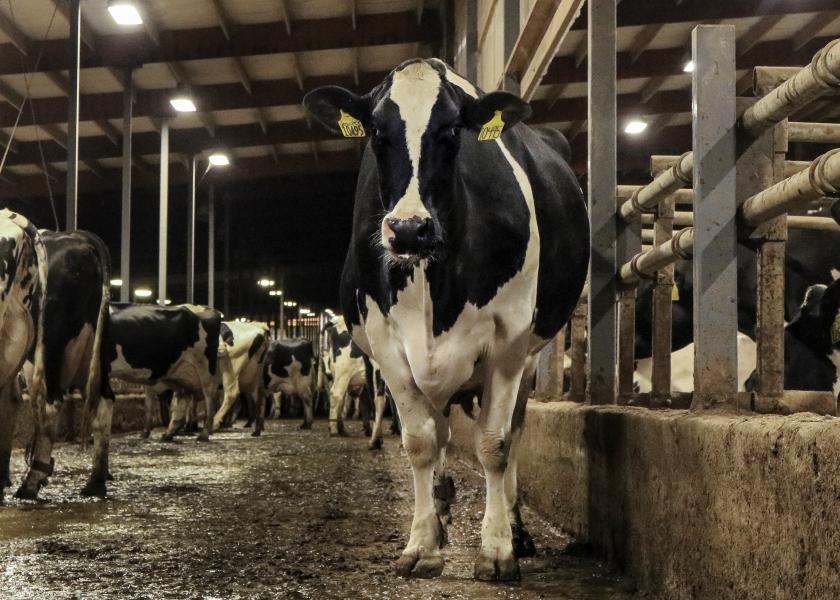‘She’s Cystic’: Treating Cystic Ovarian Disorders

Here’s a scenario for you: One of your best cows is due to be in heat but she never shows any clear signs. You scratch your head, jot down her number and make a note to have your veterinarian check her during your next herd health visit. When that day rolls around he breaks out the ultrasound machine, examines her and utters those two dreadful words – “She’s cystic.”
Sound familiar?
Unfortunately, ovarian cysts are one of the most common ovarian dysfunctions in dairy cattle. In fact, approximately one in 10 cows will become cystic at some point in her life. This reproductive disorder is not only frustrating to deal with, but it can also cause a considerable amount of economic loss, thanks to its ability to reduce an animal’s reproductive performance.
According to Michael O’Conner, an emeritus professor at Pennsylvania State University, experts define a follicular cyst as a follicle greater than 17 mm, usually accompanied by one or more other large follicular structures and no corpus luteum present. A follicle becomes cystic when it fails to ovulate and persists on the ovary. These cysts will often disappear with the onset of a new cycle; however, cows can become chronic, meaning that older cysts are simply replaced with new ones.
If you’re suspicious that one of your animals is cystic, here are a few symptoms to look for:
- Anestrus, or the lack of heat, is the most common sign that an animal may be cystic.
- Abnormal estrous behavior patterns, including persistent estrus or shortened estrus intervals, may also be an indicator of ovarian cysts.
Who’s at Risk?
While diagnosing cystic animals can be somewhat of a challenge, certain animals tend to be more at risk than others.
“This condition is most common during the first 60 days of lactation when cows experience most health disorders and are under metabolic stress,” O’Connor says. “Several surveys indicate that cows experiencing problems around the time of calving, such as twinning, dystocia, retained placenta and uterine infection, are more likely to develop ovarian dysfunction.”
Additionally, older cows tend to experience ovarian cysts more frequently than younger cows who are in their first or second lactation. Furthermore, it has been shown that cows over-conditioned at dry off were 2.5 times more likely to develop cystic ovaries after calving than herd mates in average condition, O’Connor adds.
Treatment
When treating an ovarian cyst, it’s important to know what type of cyst you are up against. Your veterinarian should be able to tell if the cyst is follicular or luteal, as luteal cysts tend to be larger and more symptomatic than follicular cysts
“Each type of cyst, follicular and luteal, requires different hormonal treatments,” O’Connor says. “Manual rupture or aspiration of the fluid from the cyst are [the least] effective.”
One of the most common methods to treating an ovarian cyst is to utilize hormones. For follicular cysts, it is typical to use a gonadotropin releasing hormone (GnRH) or a luteinizing hormone-like product. For luteal cysts, prostaglandin (PG) products tend to be the most effective. A single dose of GnRH or Human Chorionic Gonadotropin (hCG) followed by PG seven days later also is a common strategy to treat cysts, according to O’Connor.
While the treatment of ovarian cysts has come a long way over the past few decades, properly diagnosing the type of cysts can still be a challenge. If you’re noticing that cystic animals routinely show in your herd, O’Connor offers up these tips.
“Culling chronically cystic cows, developing a strategy to avoid over-conditioned dry cows, and providing a balanced transition cow ration will certainly help minimize periparturient problems so that the incidence of cystic ovaries remains low,” he says. “Implementing best management practices to prevent and monitor calving-related issues such as twinning, dystocia, retained placenta and metritis are also critical.”







